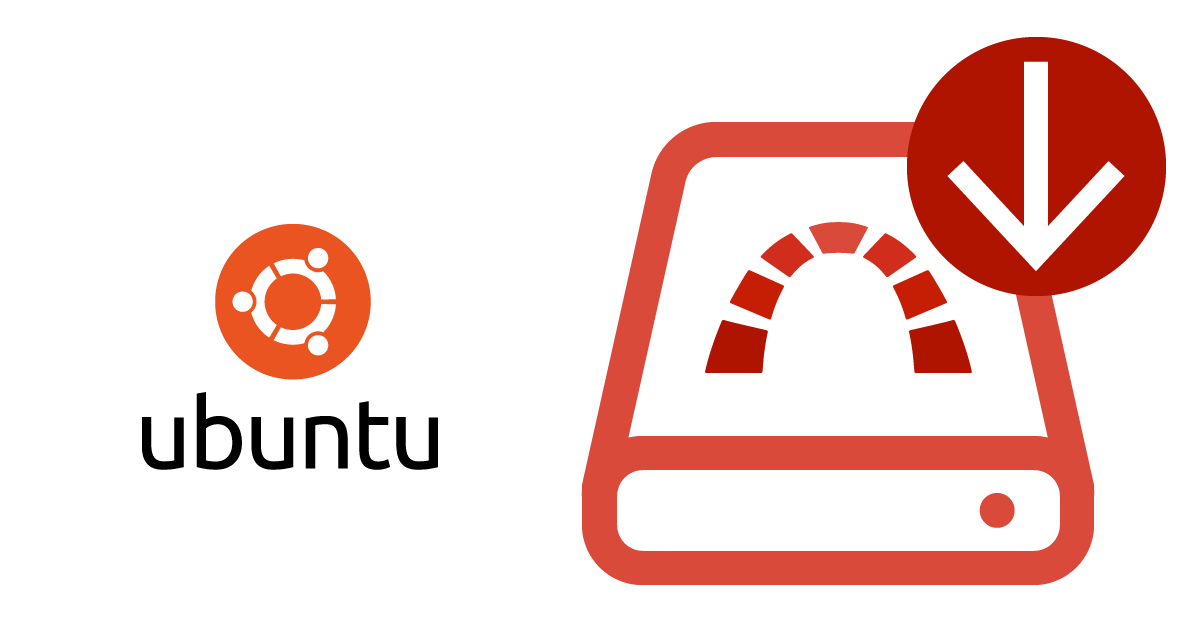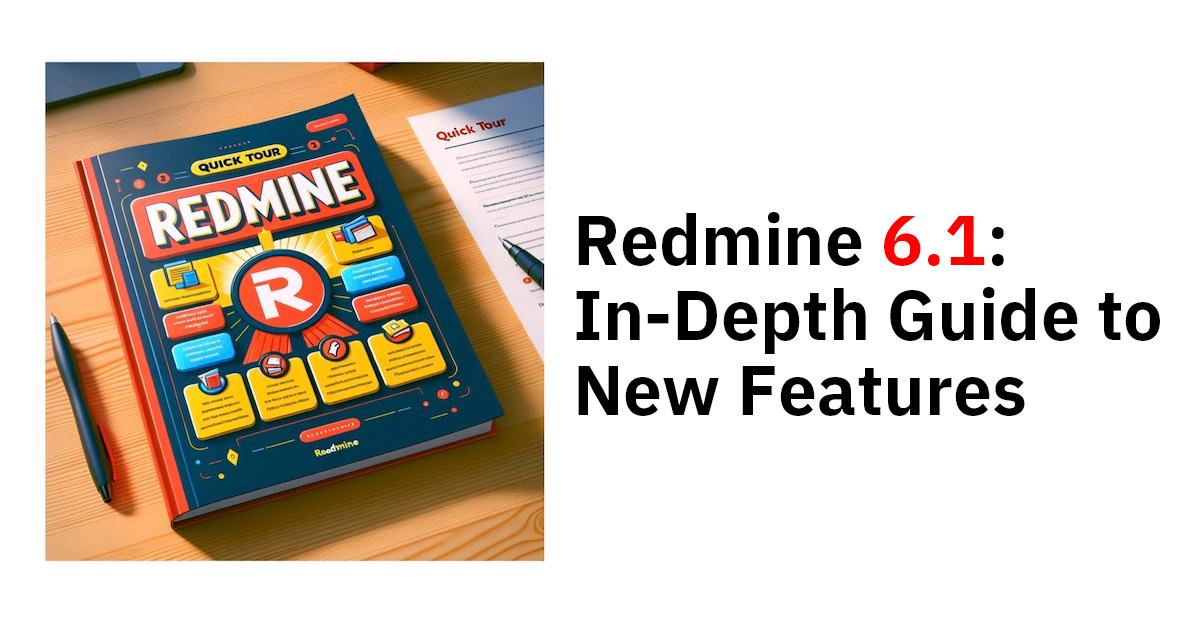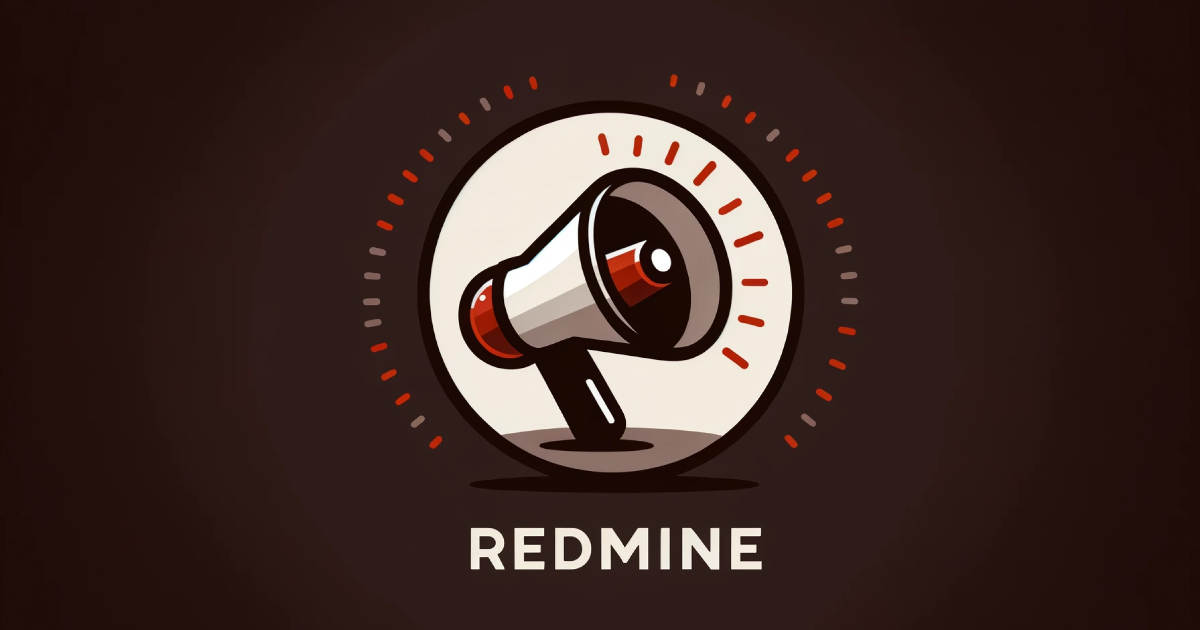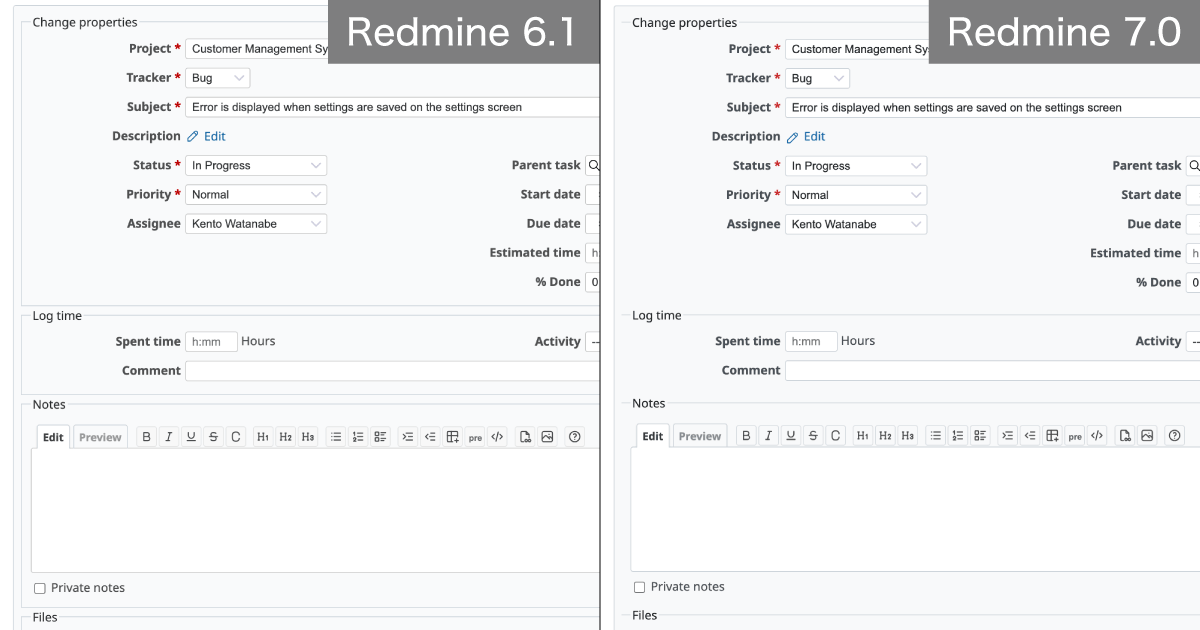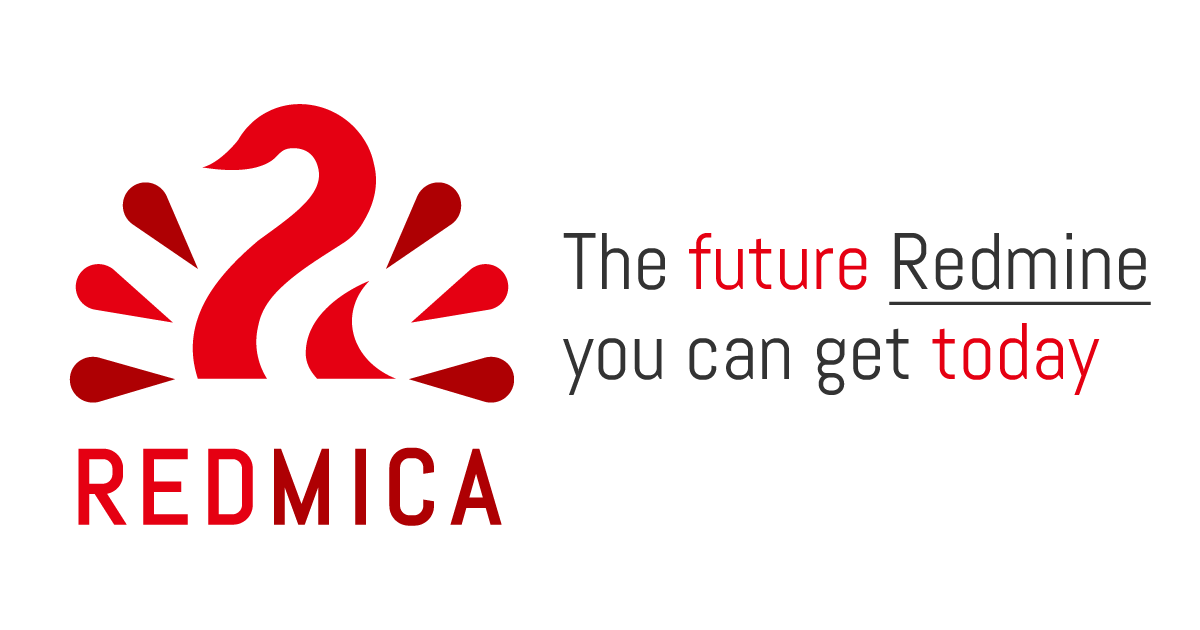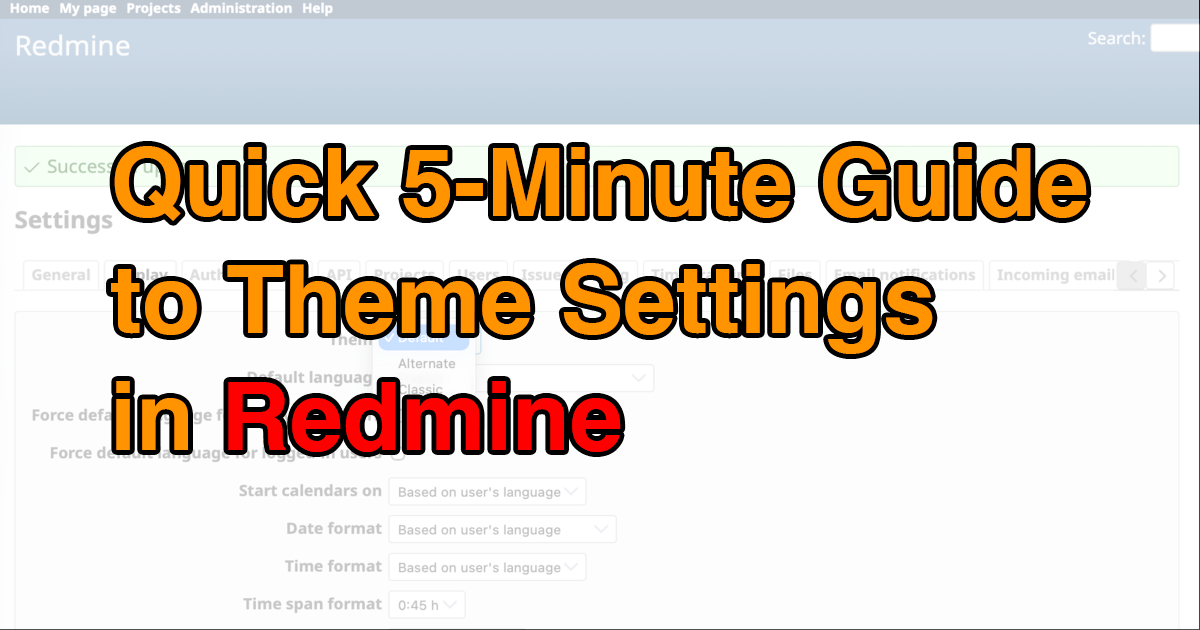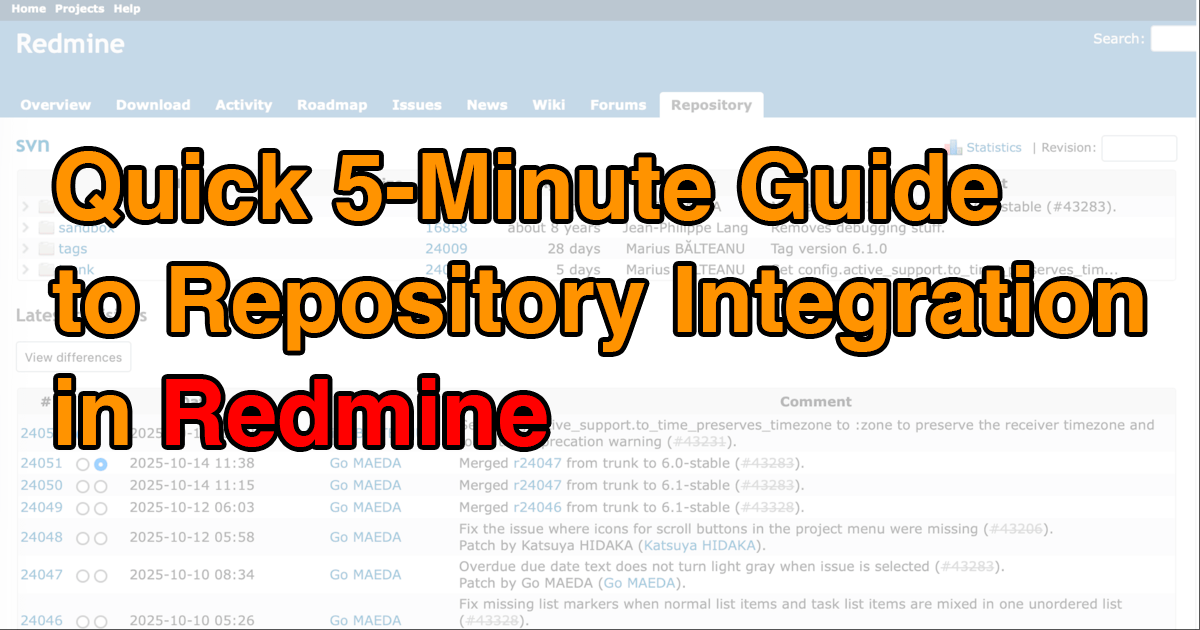Quick 5-Minute Guide to the Documents in Redmine

Redmine includes a "Documents" feature that makes it easy to register, organize, and share files within your projects. Instead of relying on email or shared folders, which often lead to version confusion or lost attachments, you can manage documents securely and systematically in Redmine. In this guide, we’ll walk through how to enable, use, and search documents effectively.
Table of Contents
Overview

The “Documents” Feature in Redmine
There are many situations where you may need to share files with project members or external stakeholders, such as:
- Sharing meeting minutes with your team
- Providing system specifications or operation manuals
- Restricting access to sensitive materials so only authorized roles can view them
- Delivering reports securely to external parties
Relying on email or shared folders for distribution often causes problems like:
- Multiple file versions with similar names, making it unclear which one is the latest
- Important attachments being overlooked in crowded inboxes
- Forgetting where a file was saved in shared folders
The Documents feature in Redmine helps prevent these issues by offering:
- A title, description, and attached files for each document, so you’re not dependent on filenames alone
- Descriptions that allow users to understand the content without opening the file
- Categories to keep documents organized
- Project-based management with permissions (view, add, edit, delete) controlled by role settings
- Integration with Redmine’s search function for quick retrieval
In this guide, we’ll walk through the basics of using the Documents feature.
Enabling the Documents Feature
Enable the Documents Module
First, you need to enable the Documents module for the project. This setting is configured on a per-project basis.
To enable it, you must be a project member with both the "Edit project" and "Select project modules" permissions. If you ran load the default configuration during the initial setup of Redmine, these permissions are included in the Manager role, so assigning that role will give you access.
Open the project menu and go to Settings → Modules. Check "Documents" and click "Save".

Check “Documents” in the list of modules
Tip: When creating a new project, you can enable the Documents module right away if you know you’ll need it.
Register Document Categories
Every document must belong to a category. Register categories that make sense for your project.
If you ran load the default configuration during the initial setup of Redmine, two categories—User documentation and Technical documentation—are already created. You can use these as-is or rename them.
Adding or editing categories requires administrator privileges. By default, the initial admin account has these permissions.
Go to Administration → Enumerations, and look for the "Document categories" section.

“Document categories” under “Enumerations”
To add a new category, click "New value," enter the name, check "Active," and click "Create".

Add a new category name
If you check "Default value," this category will be automatically selected when creating new documents.
Viewing Documents
Click Documents tab in the project menu to see the document list.

Click the document title in the document list.
Click a title to open details and download attached files.

Document details
- To edit the title, description, or replace files, click "Edit" at the top right.
- To upload additional files, click "New file" at the bottom left.
- To delete a document, click "Delete" at the top right.
Creating Documents
To create a new document, go to the document list and click "New document".

Click "New document"
On the creation screen, select a category, enter a title and description, upload one or more files, and click "Create".

New document screen
Descriptions can use Redmine’s text formatting. Both the title and description are searchable, so it’s a good idea to write clear and descriptive text to make documents easier to find later.
Searching Documents
Redmine’s search function also includes documents.
Enter a keyword in the search box at the top right of the screen and press Enter. The results will include any documents where the title or description matches the keyword.

Documents displayed in the search results
If documents are not showing up, make sure the Documents checkbox is selected and try again.
The Documents feature is a simple but powerful way to distribute, organize, and control access to files within Redmine. Try enabling it in your projects to keep document management smooth and reliable.
Explore Redmine's capabilities firsthand on the demo site: demo.redminecloud.net
Return to the "Quick 5-Minute Guide to Redmine" Article List
